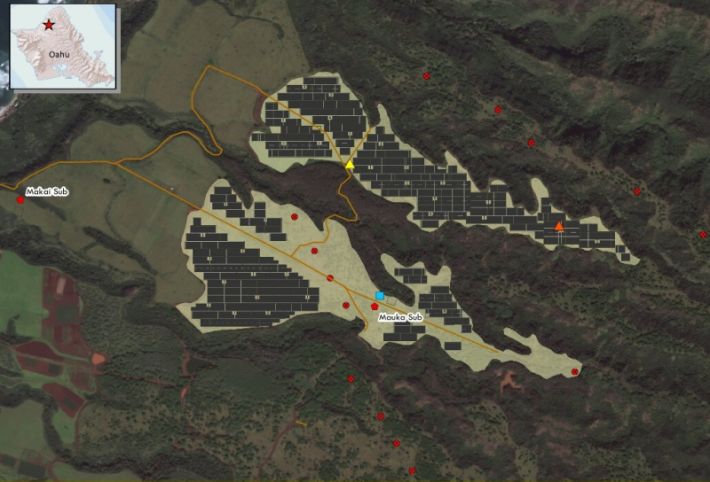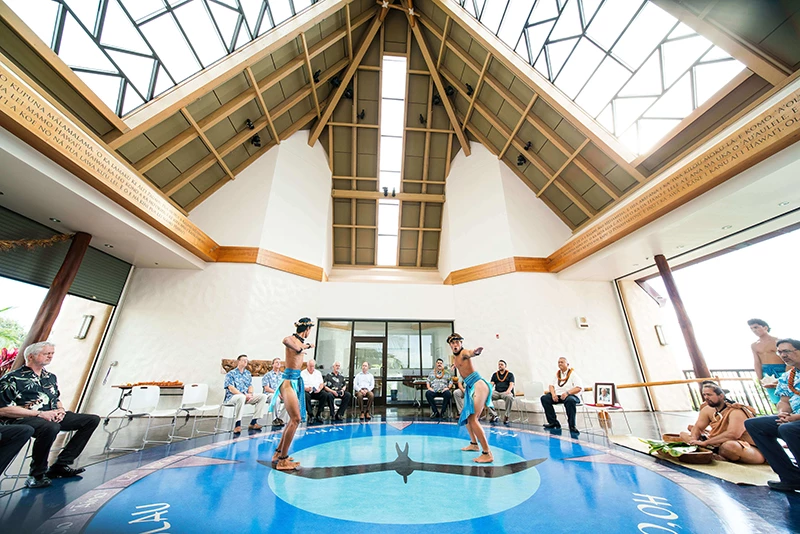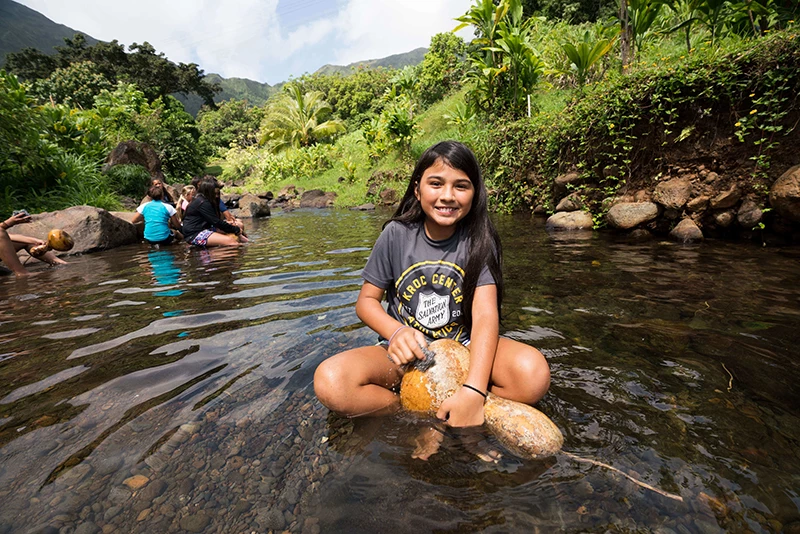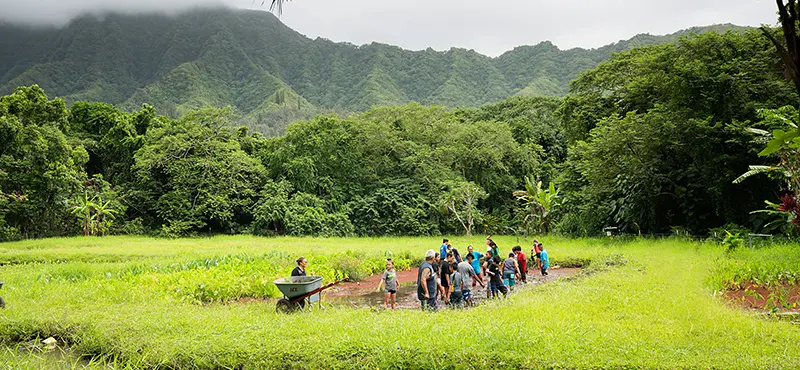Hawaiʻi’s sustainable future looks bright! By the end of 2016, global renewable energy company SunEdison plans to flip the switch on a 50-megawatt solar farm on Kamehameha Schools land in Kawailoa.
In addition to providing sustainable energy, the hillside farm will also serve as sustenance for sheep that will graze on grass surrounding the solar panels. The project is expected to generate enough electricity to power 16,000 homes and save electricity rate payers $221 million over 22 years.
Kualoa Ranch, a sixth-generation cattle ranch operation, was selected to oversee the sheep-grazing operation component of this innovative project which optimizes the use of land for public benefit.
In an effort to accomplish its 2009 Strategic Agricultural Plan objectives, KS has been working behind the scenes to develop a dual use of the land to integrate renewable energy with local agriculture in order to benefit Hawaiʻi’s food self-sufficiency and renewable energy goals.
“One focus of our Strategic Agricultural Plan was to adopt a multiple-use land management strategy at Kawailoa,” said Kapu Smith, senior land asset manager at Kamehameha Schools. “This strategy incorporates multiple renewable energy projects along with mixed agricultural usage.”
Adjacent to the proposed solar farm parcel is the current Kawailoa Windfarm, which is also operated by SunEdison, who recently purchased the windfarm from its former owner, First Wind. The ultimate plan for the North Shore properties include raising and finishing cattle on lands surrounding the wind turbines.
The University of Hawai'i College of Tropical Agriculture and Human Resources confirmed in a 2014 report that installing solar panels with grazing sheep presents an opportunity for economic diversification by pairing energy production with local food production.
The report also determined that sustainable energy and sustainable agriculture can work very well together with thoughtful planning. In addition, the study documented a market demand for lamb meat on Oʻahu.
SunEdison has plans to develop a second solar farm on KS land in Waiawa. The two solar farms will generate a total of 100 megawatts of clean energy for Oʻahu electricity customers.
For more information about Kamehameha Schools Strategic Agricultural Plan, visit www.ksbe.edu/land.

A map of KS' Kawailoa land shows the placement of the solar panels.

Plans to raise and finish cattle on SunEdison's nearby Kawailoa Windfarm are also in the works.
TAGS
CATEGORIES
Kaipuolono Article, Newsroom, Department News, Features, LAD News
Print with photos
Print text only










